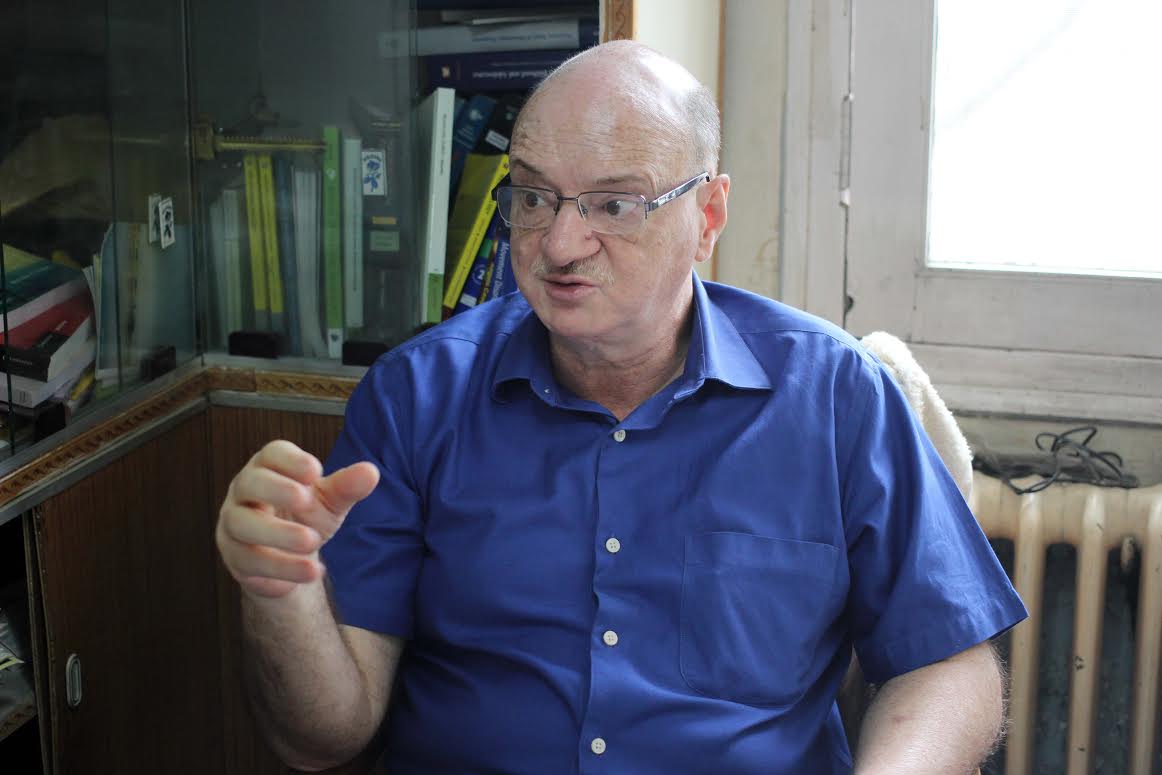Dr. Parvaiz Ahmad Shah is the head of the postgraduate department of Medicine and allied superspecialities at Government Medical College, Srinagar, Kashmir since February 2012.He has done his M.B.B.S, and M.D (Medicine) from Govt. Medical college, Srinagar. He has done his D.M (Neurology), from prestigious PGIMER, Chandigarh. He is life member of eight medical bodies which include American Academy of neurology, European neurological society, Indian academy of neurology, Indian medical association, Association of Physicians of India and Indian stroke association. His editorial assignments include Editor-in-chief of Kashmir Medical Journal, editorial board member of JK Practitioner, peer reviewer of American journal of clinical neurology, Clinical Medicine Reviews in Patient Care (Libertas Academica) and JK Sciences. He has been a member of Medical council of India in recent past. He has been external assessor for faculty appointments of staff service committee, management services division of International Islamic university of Malaysia. He has been postgraduate (M.D) examiner to five universities of India. Moreover, he has been guest faculty to department of pharmaceutical sciences of university of Kashmir. He has delivered 22 lectures in various national, regional and international conferences. He has presented scientific papers regarding neurological disorders in Kashmir valley in U.S.A and Turkey. He has more than 100 scientific publications in various national and international journals.
Dr. Shah, please brief us about working of your department?
Postgraduate department of medicine in Govt. medical college Srinagar, has been one of the oldest and renowned departments. The department, besides offering patient care to ailing people from nook and corner of the valley and Ladakh division, also caters to undergraduate and postgraduate (M.D) teaching in the discipline of medicine. Besides internal medicine, the department offers superspeciality services in the disciplines of cardiology, gastroenterology, neurology, nephrology, endocrinology and medical oncology. The department has the distinction of having a separate medical intensive care unit and high dependency triage ward.
Which neurological disorders are common in this part of the world?
The spectrum of neurological disorders in our state is more or less the same as in other parts of the world. However, a few medical disorders are more commonly encountered here than other parts of Asia. These neurological disorders include headache syndromes, epilepsy, strokes, Parkinson’s disease, Alzheimer’s dementia just to name a few.
How does pattern of neurological disorders in this valley differ from rest of the country?
Hemorrhagic strokes tend to be more common here than other parts of the world.
What is the likely cause of hemorrhagic stroke being common here?
Presumed causes include hypertension, excessive salt consumption and genetic predisposition. Nonetheless, these parameters need to be authenticated by a futuristic study.
Which, neurological disorder, in your experience, is showing an increasing trend during last one decade?
Alzheimer’s dementia and minimal cognitive impairment is depicting an upward trend during last couple of decades. This may be attributed to increase in life expectancy and awareness about disease among doctors and caregivers
What is the impact of prevailing turmoil on the neuropsychological behavior of the masses?
Post-traumatic stress disorder is an established disorder which has shown an upward trend during last two decades. This has affected people from all age groups.
Definitely yes. The reasons include academic stress besides living in a conflict zone.
Kns/Kashmir Today

